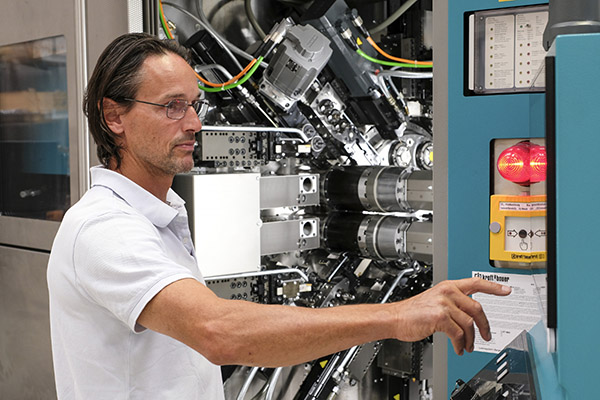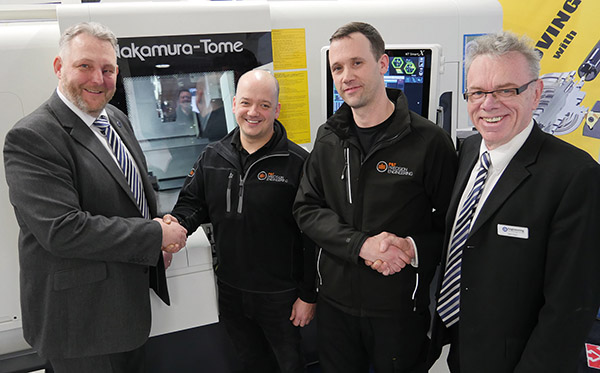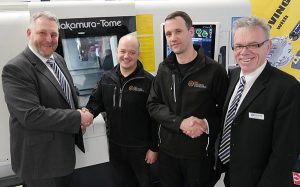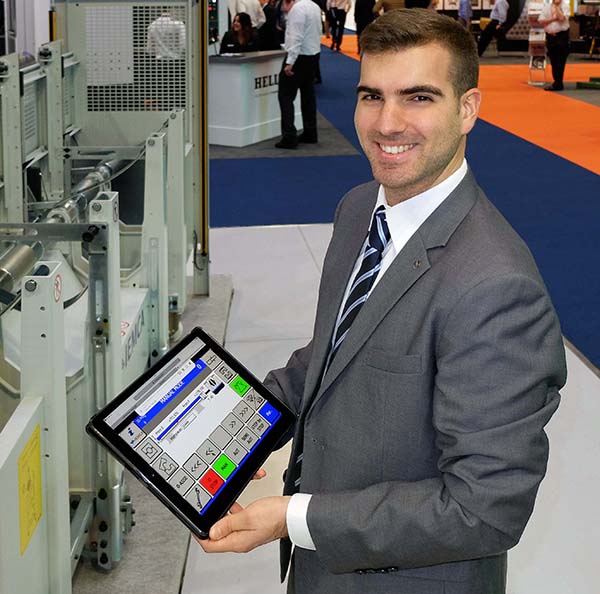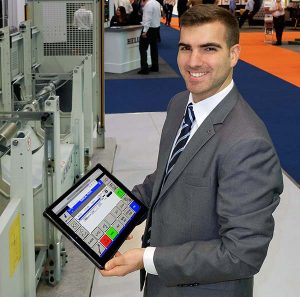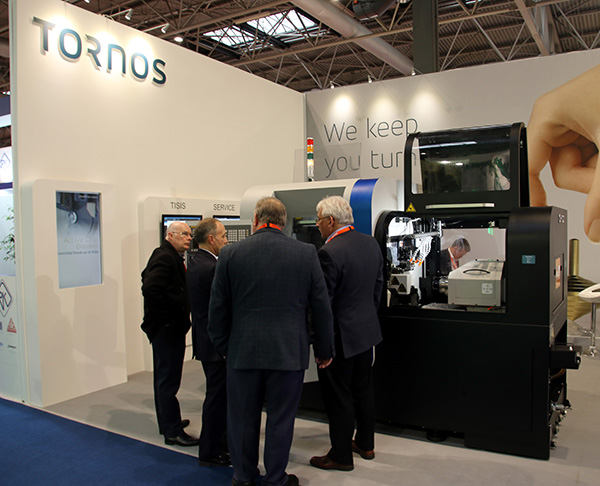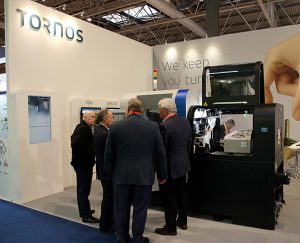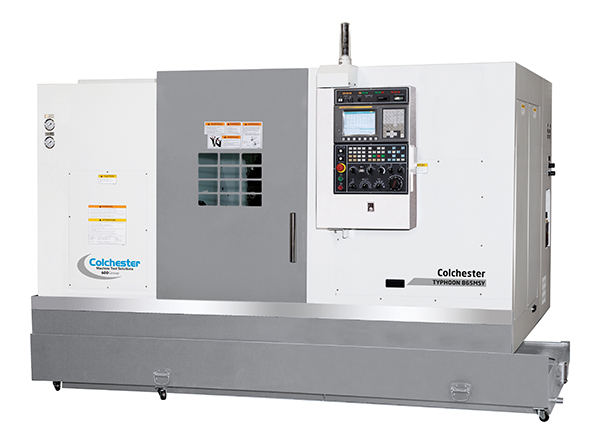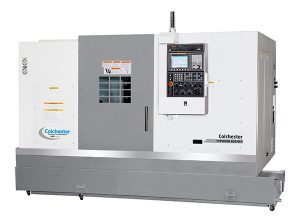MS40C-8 is the name given to an eight-spindle machine tool from Index for the fully automated production of complex components.
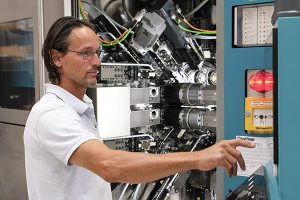
Indeed, there are a number of good reasons why the CNC multi-spindle machine, made near Esslingen, Germany and driven by Kollmorgen servo technology, is seen as a true all-around solution in machining technology.
For instance, the optimum speed and feed rate can be programmed for each spindle location and each cutting edge, and these can even be modified during the cutting process. Moreover, the eight fluid-cooled motor spindles integrated in the spindle drum are infinitely variable, require no maintenance, and are driven with synchronous motors. Kollmorgen AKM permanent magnet servomotors are installed in the cross slides.
Index uses the Kollmorgen motors, in part, as positioning axes for the tools. High-power density enables compact designs that take up less space when installed in the work area. Furthermore, the good torque density of the AKM synchronous servomotors allows Index to convert the rotational movement of the motors into a linear motion without gears. The ball bearing spindles are connected directly to the motor shaft for this purpose.
A lack of gears means there are fewer moving parts, and improves the zero backlash and overall stiffness of the drive. Index needs zero backlash and stiffness, especially with multi-stage thread cutting, so that the tool always completes the next machining step precisely using the threading attachment.
Fitting with Drive-CLiQ is an example of how the synchronous servomotors from Kollmorgen can adapt to the diversity of CNC and automation technology, particularly for machining. This design configuration lets machine builders use drives outside of closed systems, without losing any of the convenience or performance benefits.
For further information www.kollmorgen.com






